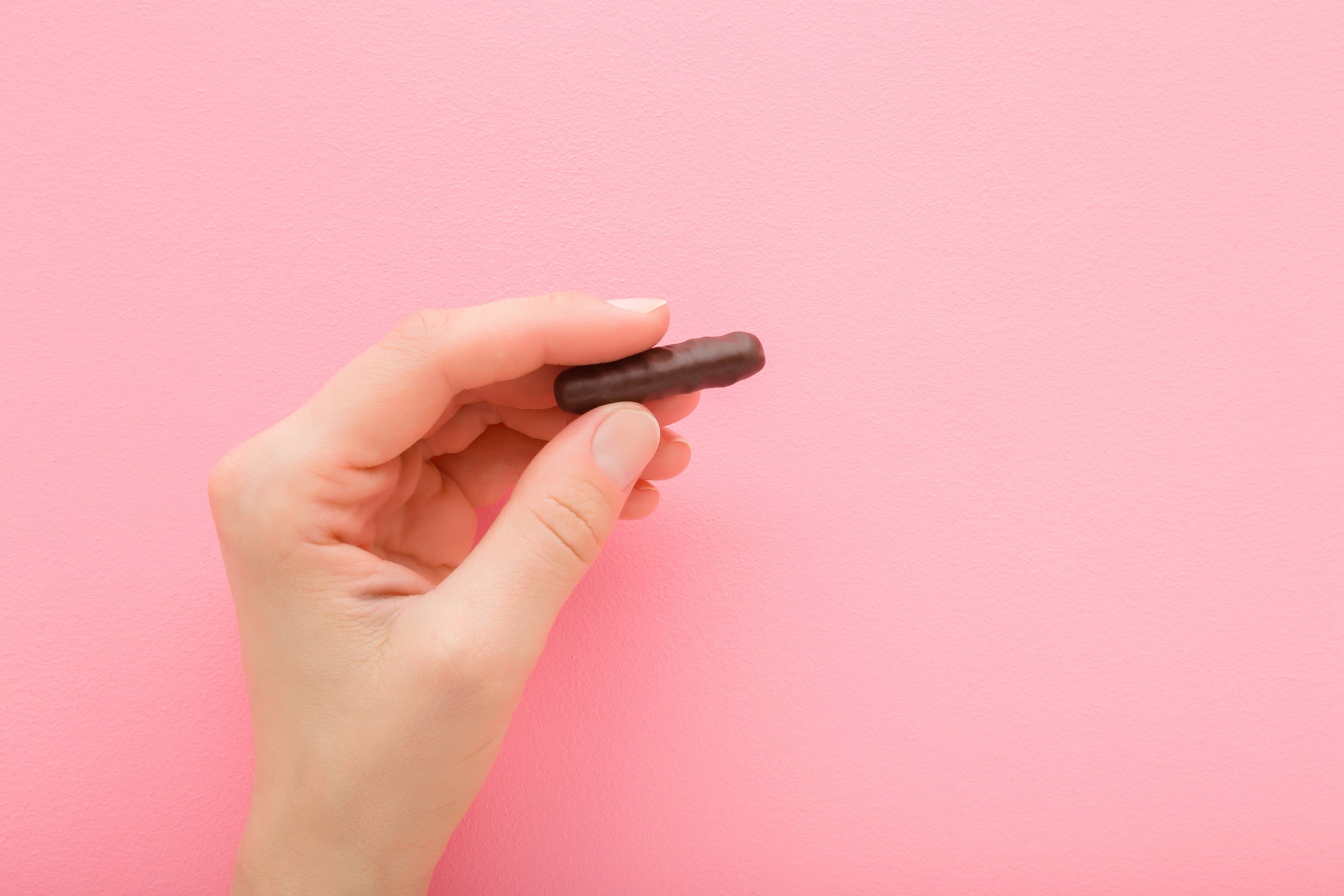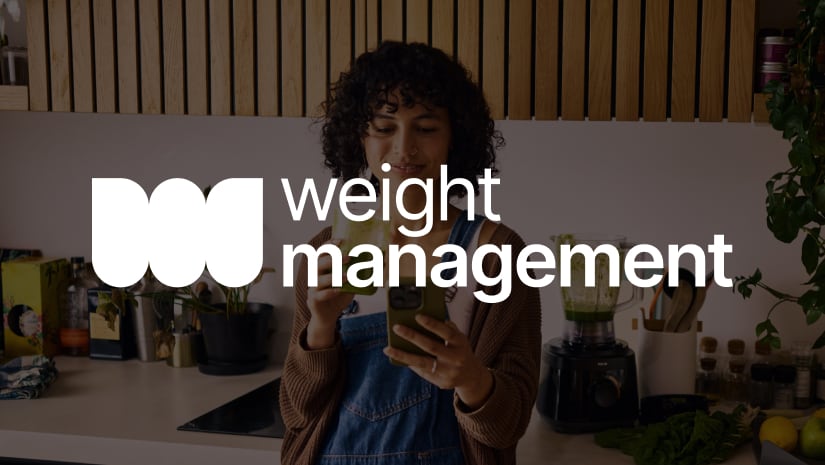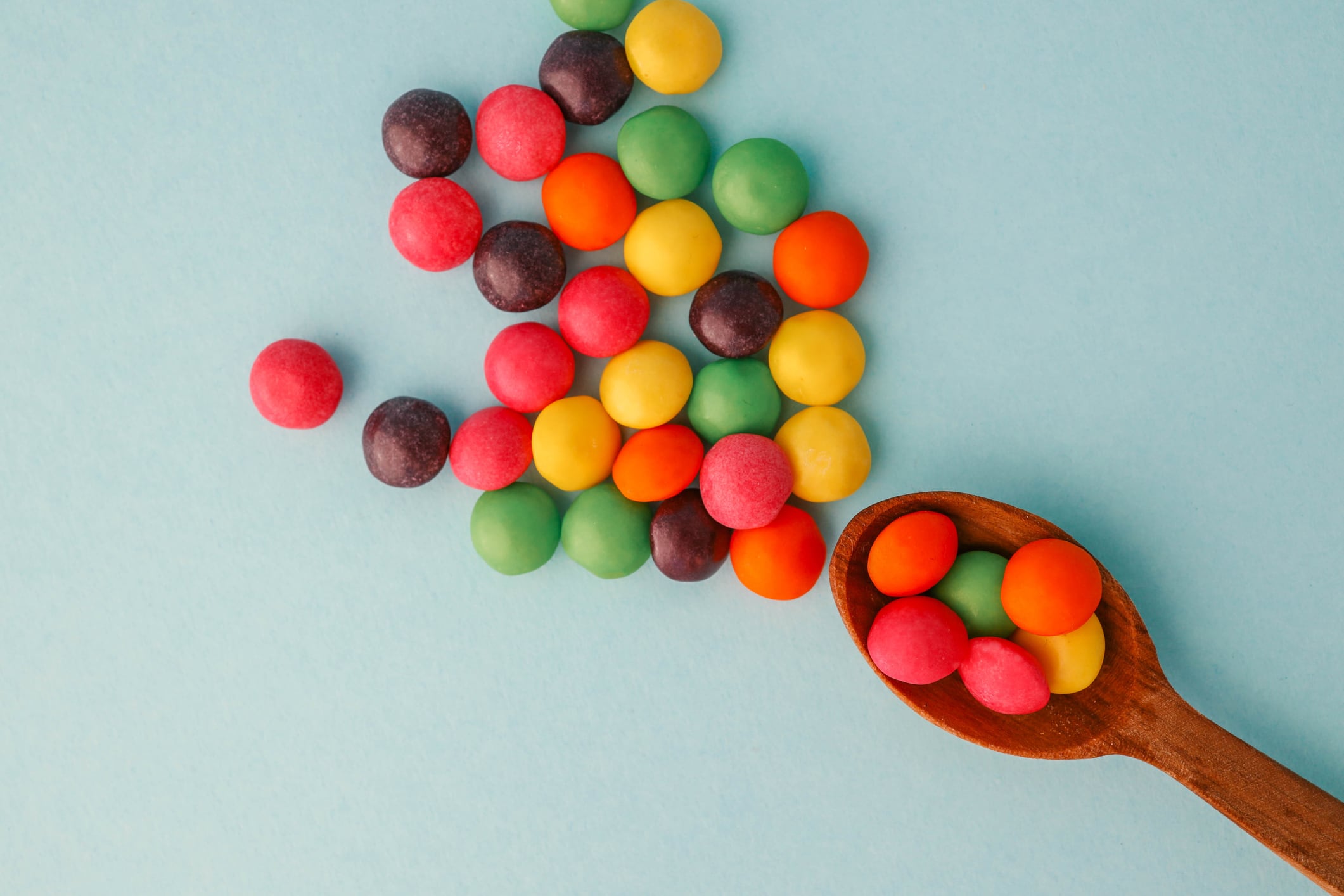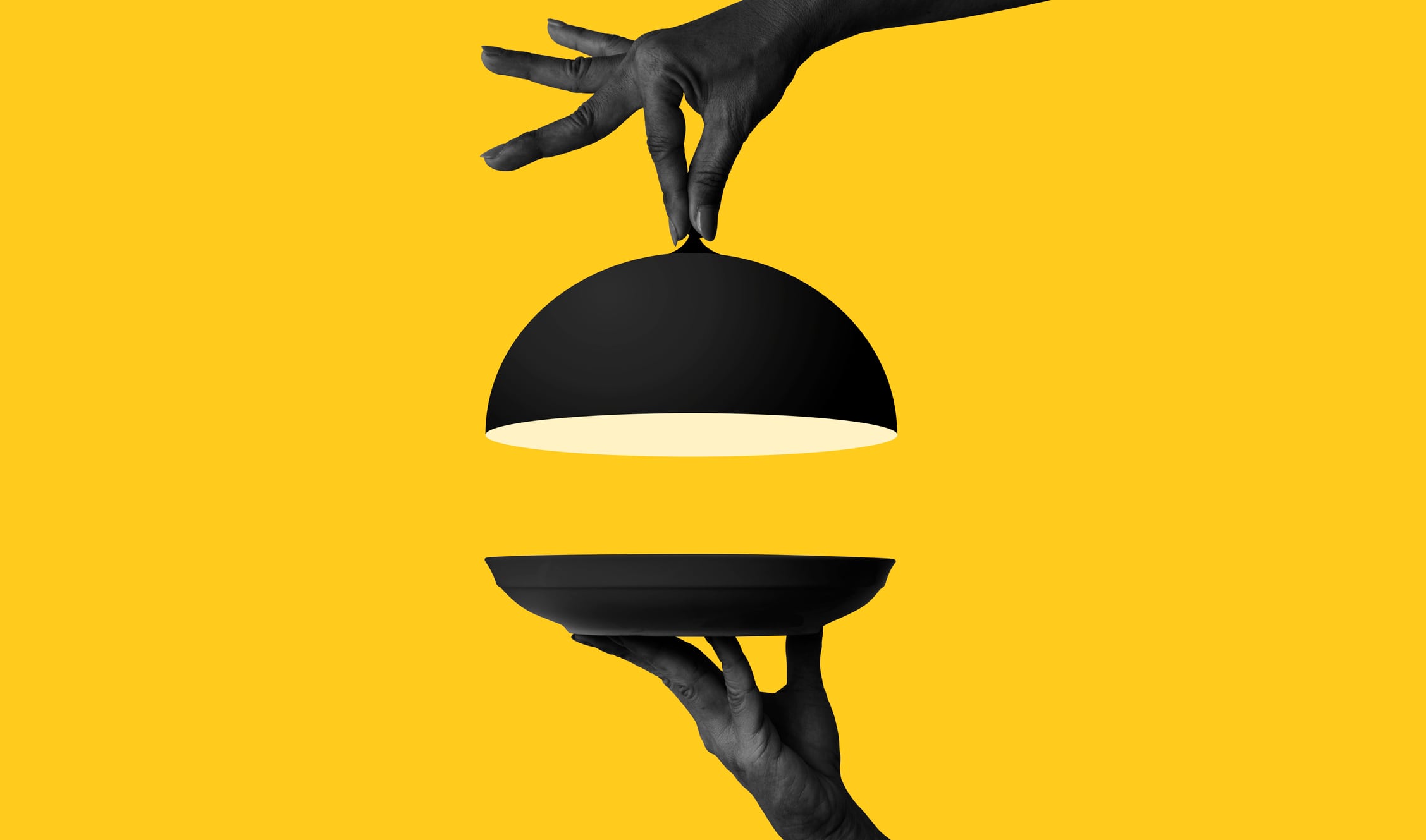GLP-1 and sugar reduction markets summary
- GLP-1 drugs like Wegovy reduce junk food cravings but potentially not sweetness
- Evidence shows GLP-1 users report dulled taste or intensified sweet cravings
- Consumer research finds preferences shifting toward comforting sweet flavour profiles
- Ingredient makers invest in nutrient dense sugar reduction technologies like enzymes
- Industry outlook suggests sugar reduction will evolve not disappear
The food industry is just beginning to grapple with how GLP-1 drugs may reshape consumer eating habits.
It is widely accepted that this new wave of weight-loss drugs, known by brand names such as Wegovy and Mounjaro, quiets “food noise” and reduces cravings for junk food. The potential impact on the food industry could be significant.
However, developers of new sugar reduction technologies don’t appear worried their ingredients will become obsolete. Consumers, including those taking GLP-1s, will still want sweet foods.
How do GLP-1 drugs impact sweet taste receptors?
Although a lot is known about how and why GLP-1 (glucagon-like peptide-1 receptor agonists) drugs work, less is understood about how these new drugs change how people experience taste.
Evidence so far is contradictory: some users report dulled taste or hypersensitivity to sweetness, while others say cravings for sweets intensify.

In the US, physician and obesity management specialist Dr Holly Lofton says some of her patients experience new or increased sweet cravings while taking the drug. It’s not fully understood why, but Dr Lofton suggests it could be that the brain is sending a sweet craving instead of a hunger signal. Either way, it’s the body’s way of communicating that it’s time to eat.
Ingredient suppliers are also conducting their own research into taste and flavour preferences among GLP-1 users.
According to IFF’s consumer research, GLP-1 consumers tend to gravitate toward familiar and comforting flavours like strawberry, chocolate, caramel and vanilla. Since these are all sweet, it suggests those taking the drugs aren’t completely turned off sweet flavour profiles.
Next-generation sugar reduction technology will still have a place
For ingredient suppliers, the rise of GLP-1 is not a death knell for sugar reduction technologies. If anything, it underscores their importance.
The GLP-1 boom presents a “serious force”, according to Dr Joshua Sauer, co-founder and CEO of Zya, a UK start-up that’s developed an enzyme that turns 30% of sugar consumed into a prebiotic fibre during digestion. “But for someone to say we don’t need sugar reduction now is incorrect.”
Why is that? Because emerging evidence suggests GLP-1 consumers still want sweet foods, he explained at Future Food-Tech London. “Consumer research has found that cravings for salty, spicy and creamy foods go down. But cravings for sweet foods more or less stay the same.
“There is still a market for delicious, sweet foods that are nutrient-dense – and that aren’t just full of sugar."
That’s where Dr Sauer sees Zya excelling: its enzyme, coined Convero, adds fibre to people’s diets – which aligns with GLP-1 user needs. “The food industry needs to make food products that are more nutrient dense,” he stressed.
“There is still a market for delicious, sweet foods that are nutrient dense – and that aren’t just full of sugar."
Dr Joshua Sauer, co-founder and CEO of Zya
But sugar reduction extends beyond GLP-1 users. People interested in weight management, but who don’t want to take GLP-1s or don’t have access to them, will be looking for foods that naturally promote the GLP-1 hormone in their diets. These people are looking for high-fibre and sugar-reduced foods. “There, again, sugar reduction is a benefit.”

And then finally, there’s everyone else: consumers that are aren’t interested in taking GLP-1 drugs but are still interested in sugar reduction, explained Dr Sauer. “However you slice it, sugar reduction is here to stay.”
Sugar reduction technologies here to stay, but likely to evolve
Sugar reduction trends come and go and one of the latest to enter the scene is actually no sugar reduction at all.
“In the US, the number of non-artificially sweetened, non-sugar sweetened sodas has ticked up and up,” says Justin Kern, chairman of Elo Life Systems, a company developing a natural monk fruit-inspired sweetener.
That means fragmentation could develop, resulting in a growing number of sweetened and non-sweetened products on the market. “I think we’ll see products tailored to different needs and performance indications.”
Where others see the sugar reduction market struggling is with artificial offerings. In the coming years, Alexandre Zanghellini predicts “continuous headwinds” for synthetics. Zanghellini is co-founder and CEO of Arzeda, a company developing a sugar sweetener from the stevia plant.
He thinks industry will see new replacements and solutions come onto the market, likely some that are blended. But he is convinced that sugar reduction is here to stay.
So is Zya’s Sauer. Why? Because reducing sugar – whether through ‘shrinkflation’ or ‘health by stealth’ (whereby manufacturers cut problem nutrients gradually, without promoting it on-pack) – isn’t working.
“In every brand renovation, manufacturers are trying to reduce the amount of sugar in their products. The issue is that consumers notice shrinkflation and aren’t thrilled. And with health-through-stealth, consumers switch to something that’s sweeter.”

So what does this all mean for industry? For food manufacturers, it’s likely that the rise of GLP-1 isn’t a threat – it’s a signal. A signal to rethink formulations, invest in research, and importantly, meet consumers where they are: desiring sweetness, but equally, demanding better nutrition.

Want to learn more about weight management in the GLP-1 era?
How is the food industry responding to the rise of GLP-1s like Wegovy or Mounjaro?
From reformulation to portion control, appetite suppression to satiety science - the GLP-1 revolution is reshaping how we think about food innovation and weight management.
Join us at our free digital summit to hear from leading experts, brands and researchers tackling the big questions:
- What role can food play in supporting GLP-1 users?
- How are consumer needs and expectations evolving?
- What are the opportunities for innovation?
Weight Management: Food Innovation in the GLP-1 Era will be broadcast 13 & 19 November 2025.





